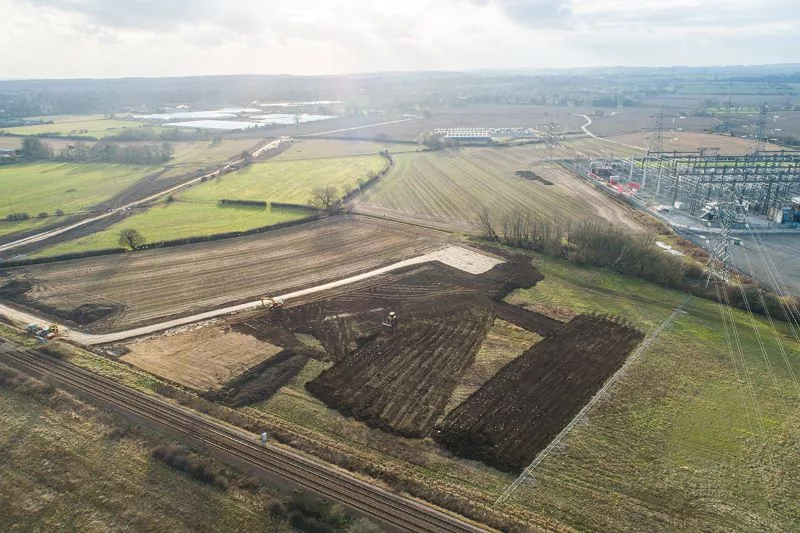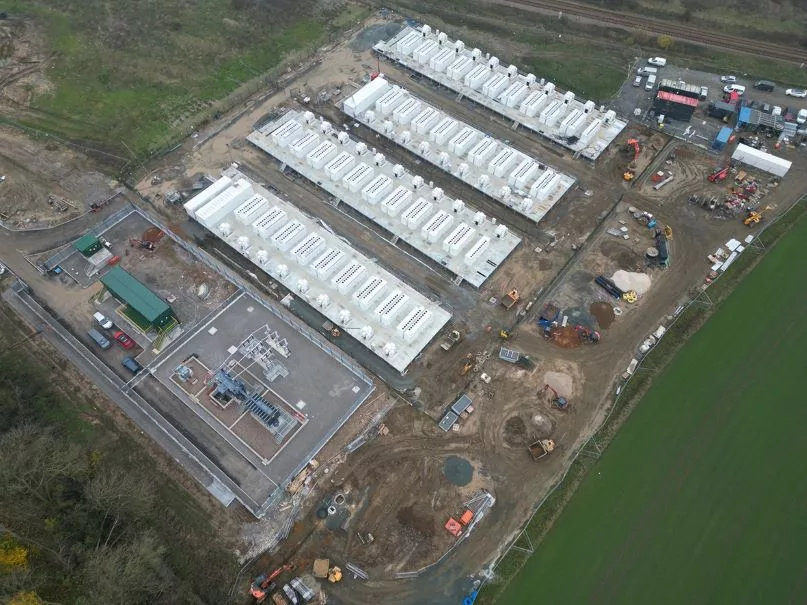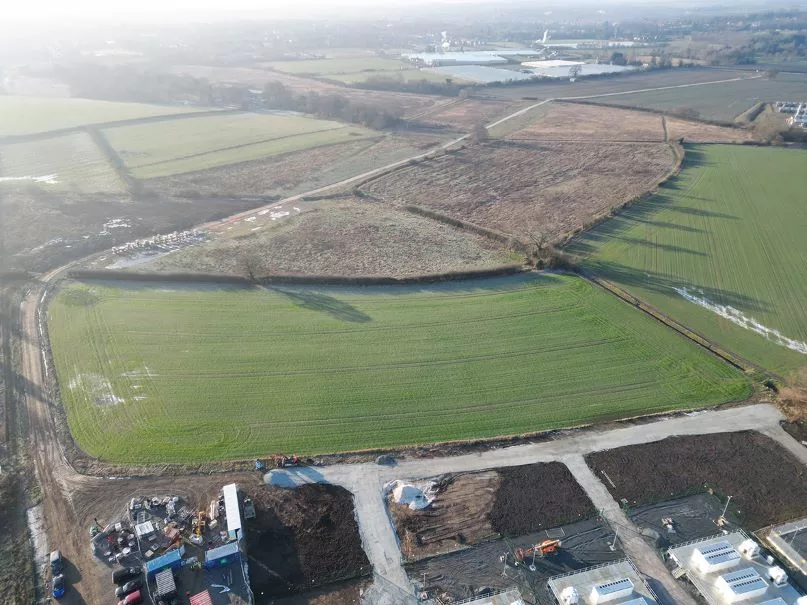Peter Kavanagh, CEO and Founder of Harmony Energy and Investment Director of Harmony Energy Income Trust PLC, provides the inside line on the development of Pillswood – Europe’s largest battery energy storage scheme by MWH.
INTRODUCTION
With the EU and UK committed to net-zero carbon emissions by 2050, increasing our use of renewable energy has never been more important. In the UK in 2022, we still produced approximately 40 percent of our electricity from fossil fuels. We need to reduce this dramatically if we are going to mitigate climate change, meet global targets to reduce emissions, and ensure the future security of energy supply.
SETTING STORE BY BATTERIES
The wind turbines and solar panels we now see as we travel around the world are testament to the growing importance of wind and solar power. However, there’s another part of the renewable energy infrastructure that is less high profile, but equally important –energy storage. With the supply of wind and solar at the mercy of the weather, we need a system for balancing the flow of renewable energy at scale.
Large-scale battery energy storage schemes enable surplus wind and solar energy to flow into lithium-ion batteries, where it can be stored until needed. In the UK, National Grid has stated that to achieve sustainability targets we need 10 times the amount of battery energy storage currently on the network. Clearly, this is both a huge challenge and an opportunity.
Harmony Energy is one of the UK’s leading developers, owners and operators of utility-scale battery energy storage. So, what does it take to develop and finance a battery energy storage scheme and what are the potential benefits for all involved?

THE PILLSWOOD STORY
Last month saw a major milestone for Harmony Energy and our investment company Harmony Energy Income Trust – the official opening of our Pillswood battery energy storage system near Hull. Pillswood is Europe’s largest battery energy storage system by capacity, capable of providing enough electricity to power around 300,000 homes for two hours.
All battery energy storage projects depend on grid connections. The Pillswood site is ideally located next to the huge Creyke Beck electricity substation, located north of Hull. The world’s largest offshore wind farm, Dogger Bank, also feeds into the same substation. An agricultural field next to the substation was the perfect spot for a development and the local Distribution Network Operator, Northern Powergrid confirmed there was sufficient capacity and reinforcement on the network for batteries with a grid connection of 98MW.
We designed the layout of the batteries within the space available and submitted a planning application to the local council. The site is in a flood sacrifice zone – used as a floodplain to prevent people’s houses flooding – so our design incorporated an elevated platform to raise the batteries from ground level. We also proposed landscaping to create biodiversity gains, including trees and over 1km of hedge planting on the site and along the access track. At the same time, we negotiated land rights with the four landowners who owned the field and land needed for the access route.
“Pillswood is Europe’s largest battery energy storage system by capacity, capable of providing enough electricity to power around 300,000 homes for two hours”
Peter Kavanagh, CEO and Founder, Harmony Energy

GROUND-BREAKING WORK
Work began in autumn 2021 with the construction of a 1.5km access track, complete with two bridges and culverts. We then began to prepare the battery site itself, which involved the installation of 478 piles, each to a depth of around 13m. Ground beams were inserted to connect the piles, before our specialist construction team began building up the legs of the platforms on which the batteries would sit.
Constructing the scheme to a tight timescale in a challenging geopolitical and global supply chain environment was no mean feat. To reduce the risk of delays on components, we spoke directly with factories and spent days negotiating logistics of cranes, trucks and people. Fortunately, there was no delay to the vital delivery of the two-hour Tesla Megapack batteries from Nevada – and the transformers only had to travel from Leeds!
After an intensive period of testing and control procedures, the Pillswood scheme was fully energised a month ahead of schedule – in time to support National Grid in providing stable, secure power to the network over the challenging winter period.
FINANCING THE BUILD
Back in November 2021, Harmony Energy successfully floated its investment arm, Harmony Energy Income Trust Plc (HEIT), on the London Stock Exchange, raising £210 million. HEIT has preferential rights to acquire and build out the next 1GW of Harmony Energy’s development pipeline into the future – providing investors with an opportunity to participate in the construction and growth of battery energy storage and renewable energy in the UK.
HEIT stepped in with investment for Pillswood at the construction-ready stage – once planning, grid connection, construction and battery supply contracts, and the lease option over the land had been secured. As a result, investors were protected against the usual development risks inherent in a project like this, while benefitting from value uplift as the project went from construction to operation.
One of the most remarkable aspects of battery energy storage schemes like Pillswood is that they are constructed without depending on government subsidy.
LOOKING INTO THE FUTURE
The Pillswood project is the first of six similar battery energy storage schemes scheduled for delivery by HEIT in the coming year. Looking to the future, it is clear that we need to work together globally to support developments like these if we want to enable clean energy generation and protect the future of our planet.




















